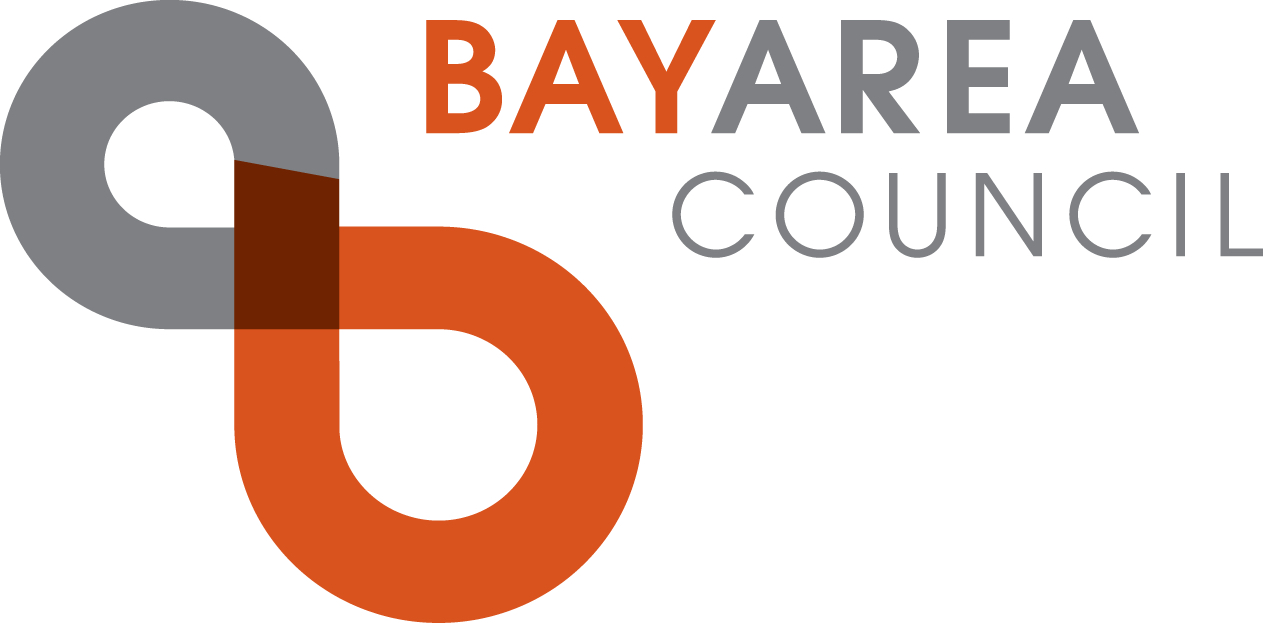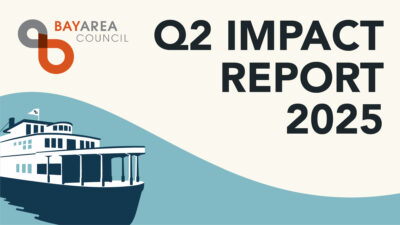New Study Maps Dominant EU-Bay Area Economic, Investment Ties
Don’t forget Europe. When it comes to the Bay Area’s and Silicon Valley’s economic ties to the world, Asia and fast-growing China get much of the attention. But, a new comprehensive report the Bay Area Council Economic Institute released today (April 14) finds that where investment and economic integration are concerned, particularly in technology and innovation, Europe is the dominant player.
“Europe is by far the largest overseas investor in the Bay Area, and is the primary destination for Bay Area companies investing abroad,” says Sean Randolph, President of the Bay Area Council Economic Institute who co-authored the report with Vice President Tracey Grose. “The scale of this cross-investment overshadows the scale of cross-investment with China, and reflects a high-level integration of advanced economies.”
The study — Europe and the Bay Area: Investing in Each Other — assesses the diverse ways European talent, investments, and collaboration are significantly shaping the Bay Area’s technology and innovation economy. While technology remains the driving connector behind increasing business and economic integration with Europe, it spans a wide range of industries—including biotech, pharmaceuticals, IT, electronics, engineering, defense, financial services and retail.
The findings come as U.S. and European Union trade negotiators launched a fourth round of talks last month in Brussels on the Trans-Atlantic Trade and Investment Partnership (TTIP), which would expand markets and economic opportunities by lowering trade and regulatory barriers.
As connections between Europe and the Bay Area continue to increase, and with them, professional and creative networks, new points of innovation are appearing. The result, as report co-author Tracey Grose describes, “is the emergence of a post-national innovation system, where the frame of reference is not bounded by national or even regional borders but by the diversity and geographic reach of a company or an individual’s network.”
Among the key findings in the report:
• European firms account for one third of all foreign companies operating in the Bay Area, making Europe the largest global direct investor in the region.
• Europe invested $4.05 billion in private equity (including some venture capital) in the Bay Area in 2012, almost as much as the rest of the world combined.
• Bay Area private equity (including some venture capital) investment to Europe reached $3.3 billion, exceeding total investment in the rest of the world.
• 56 percent of outbound investment by Bay Area companies goes to Europe.
• The Bay Area has a growing presence of both major European companies and startups that are seeking to tap into its technology and innovation pipeline.
“I welcome the findings of the Bay Area Council Economic Institute’s study that clearly reaffirm the deep and broad business ties between the Bay Area and Europe, and the United Kingdom in particular,” said Priya Guha, UK Consul General to San Francisco. “The United Kingdom has the largest business presence in the Bay Area among European countries, and Bay Area companies have more affiliates in the UK than elsewhere in Europe. A successful Transatlantic Trade and Investment Partnership (TTIP) negotiation will further strengthen these ties by adding over $100 billion each to the US and EU economies, 75,000 new jobs in California and a 26 percent increase in Californian exports to the EU. And a good deal of this economic benefit can be expected to go to the vibrant Bay Area economy.”
Measured by collaborative patenting, Europe is by far the Bay Area’s most significant innovation partner. Patent registrations that include a Bay Area inventor and at least one foreign co-inventor increased 307 percent between 2000 and 2012. In total, the number has grown from 643 to 2,612. This foreign co-patenting represents a growing share of Bay Area patents, expanding from 5.7 percent in 2000 to 11.3 percent in 2012.
The region’s close economic ties to Europe have also been good for San Francisco International Airport, which saw passenger traffic in 2013 grow 8.3 percent. Air cargo trade with Europe increased 4.3 percent by weight in 2013, while air cargo declined during the same period with other key trading regions, including Canada, Asia and South America.
The report was funded by a research grant from the European Commission along with support from Bank of the West, DLA Piper, San Francisco International Airport, Barbro Osher Pro Suecia Foundation, IDA Ireland, Enterprise Ireland, the Consulate General of Sweden, HSBC, United Airlines, Lufthansa, Wells Fargo and Europort.





